Book Review: How to Be Eaten by Maria Adelmann
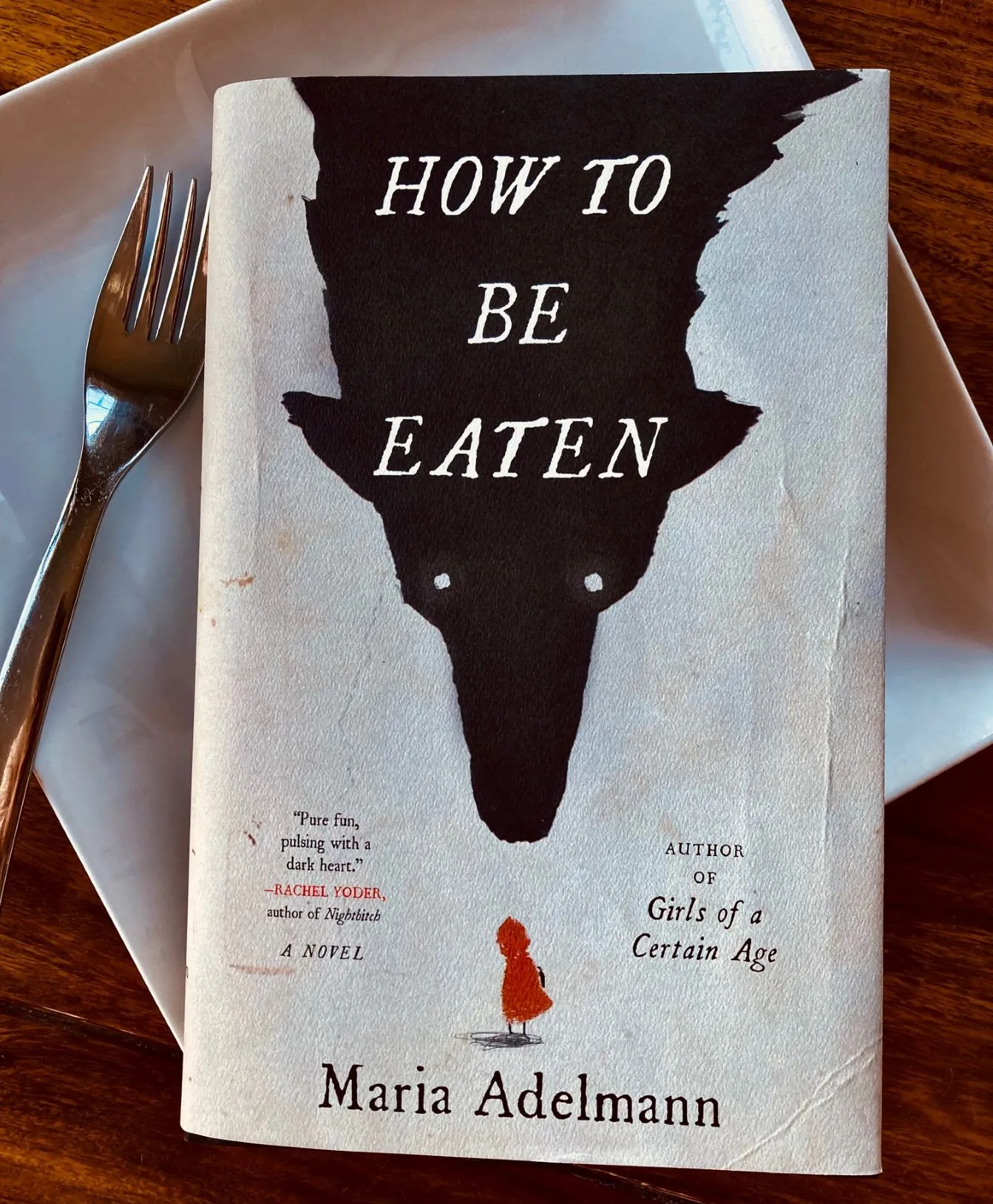
This book has one of the most unique storylines I’ve come across in years; How to be Eaten by Maria Adelmann is all about a support group of women who come together in the basement of a YMCA to tell their stories. The twist is that each woman is a famous character from a fairy tale. Little Red Riding Hood, Bluebeard’s Girlfriend, and Gretel are a few examples. We all joke about how terrifying these Grimm’s Fairy Tales really are when you look back at them as an adult, and this book lays bare the true terror and trauma that the characters of those long-ago stories would have experienced. It’s a dark humour that permeates these pages, and I was entranced with the clever premise almost the entire way through, nostalgic as I slowly recognized the childhood stories these women emerged from. It made me want to go back and revisit the fairy tales with my kids, eager to see their reactions. This would make the perfect book club pick too.
Plot Summary
Five women are meeting weekly to tell their story to each other in hopes of dealing with their trauma and mental health struggles. Their group is led by a man named Will, who initially seems helpful, insightful, and well-trained to lead a therapy group such as this. Each woman already knows a bit about the other as most had all appeared in the news at one point. Gretel fled from a house made of candy that she was held captive in, but her brother Hansel recalls a different experience entirely. Ruby wears a coat made of wolf fur, a trophy of the dangerous creature she was lured in by, then escaped from. Ashlee is the winner of the latest season of a tv dating show, perfect on the outside, but struggling in a sham of a marriage she’s desperate to fix. Bernice dated the famous “Bluebeard”, a tech billionaire who sports a bright blue beard and collects woman like furniture, revealing his violent predilections at the very last moment. Raina is the only woman without a public personae, but her story features a little man known only to the reader as Rumpelstiltskin.
My Thoughts

Reading these women’s stories through a feminist, modern-day lens is of course a much different experience than coming across the simplistic versions of long ago. And the biggest difference is that we are hearing about these experiences after they have occurred, so we know the storyteller has survived, but still baring the scars of these encounters. Most surprisingly, this book does not nitpick these recollections in order to point out how horrific they are, or how they only serve to hold up the patriarchal standards of society (we all know kids shouldn’t talk to strangers, but according to these fairy tales, neither should women!). Instead, the ‘support group’ is filled with infighting, arguing, and doubt about one another’s experiences. Although it may seem like an environment of safety, and was certainly advertised as such, this basement meeting room is a trap in itself, subjecting each victim to yet another public trial based on what they should or shouldn’t have done. So what does this ‘say’ about women? Are we our own worst enemy, even when the antagonizer ( a wolf, etc.) is so obviously the true danger? I’m still pondering that one, and the lingering doubt is a reflection of how clever this writing is.
I was consistently impressed by the characters, and the way they challenged each other. The writing itself is noteworthy too, careful to never place blame squarely on the shoulders of one group – it would have been too simplistic to blame men for all these women’s problems. Instead we dive into the uncomfortable questions that women have struggled with as a gender, explored within the stories they relate to each other. For example, Raina was blessed with good looks, but came form a life of poverty:
“She had never waitressed -I was sure of it-she had never smiled at lecherous diners for an extra buck. She was born into money, and I was born into my body. Why was it so different, to use one advantage or the other? ‘Believe me, you can bargain with anything,’, my father always said. ‘Sell what you have to give,’ my father always said.’
-p. 255 of How to Be Eaten by Maria Adelmann
The above exchange was recalled after Raina’s coworker admonished her for sleeping with their boss, claiming she had to ‘work’ for her position while others slept their way to the top. This book revels in these uncomfortable observations and memories, which made me appreciate it even more. It’s an intelligent look at the shadowy sides of human nature, laid bare by the fairy tales we remember from our youth by diving into dark realities of those stories from long ago.

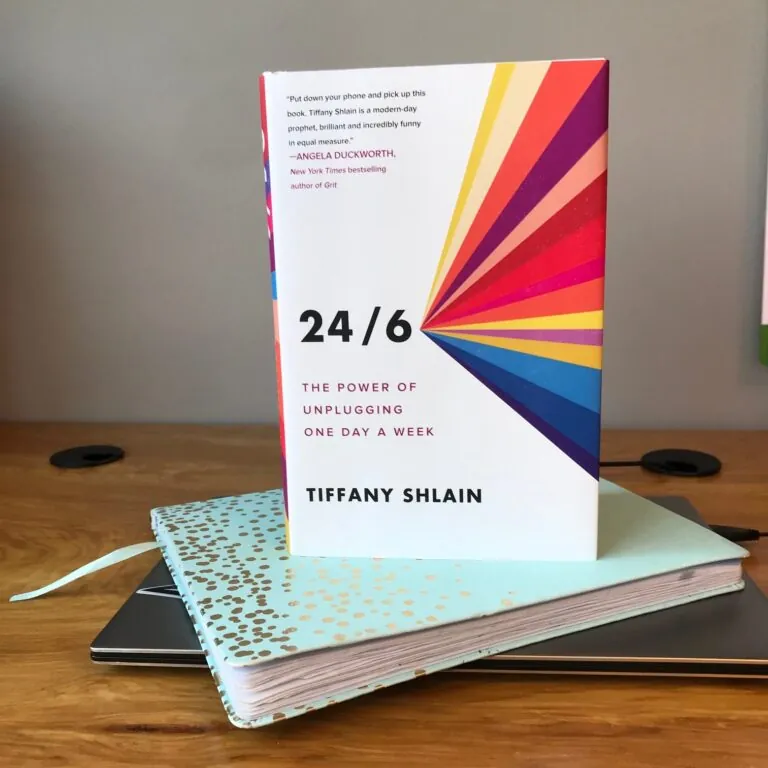

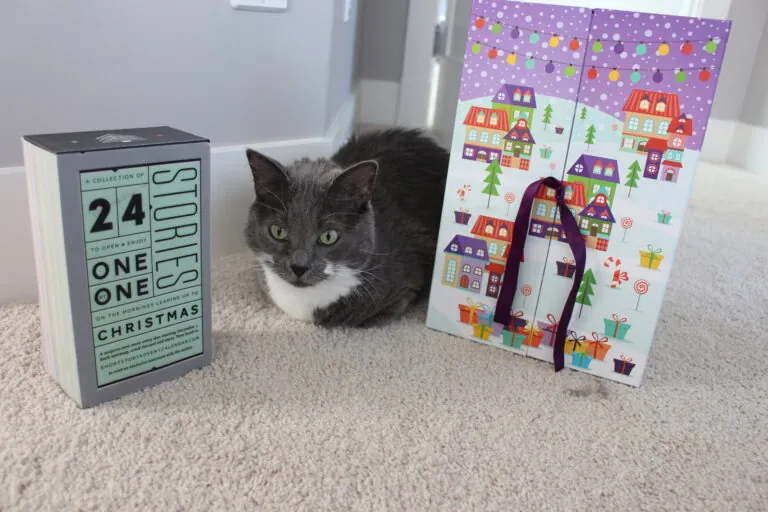
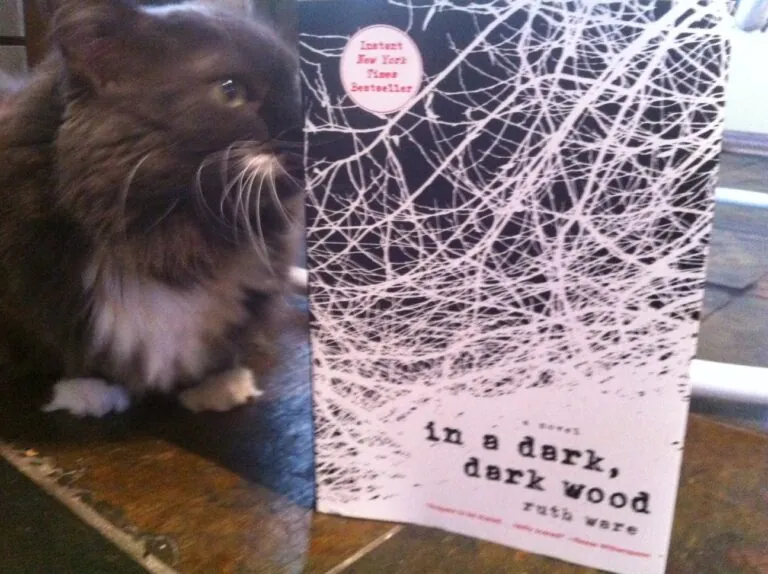
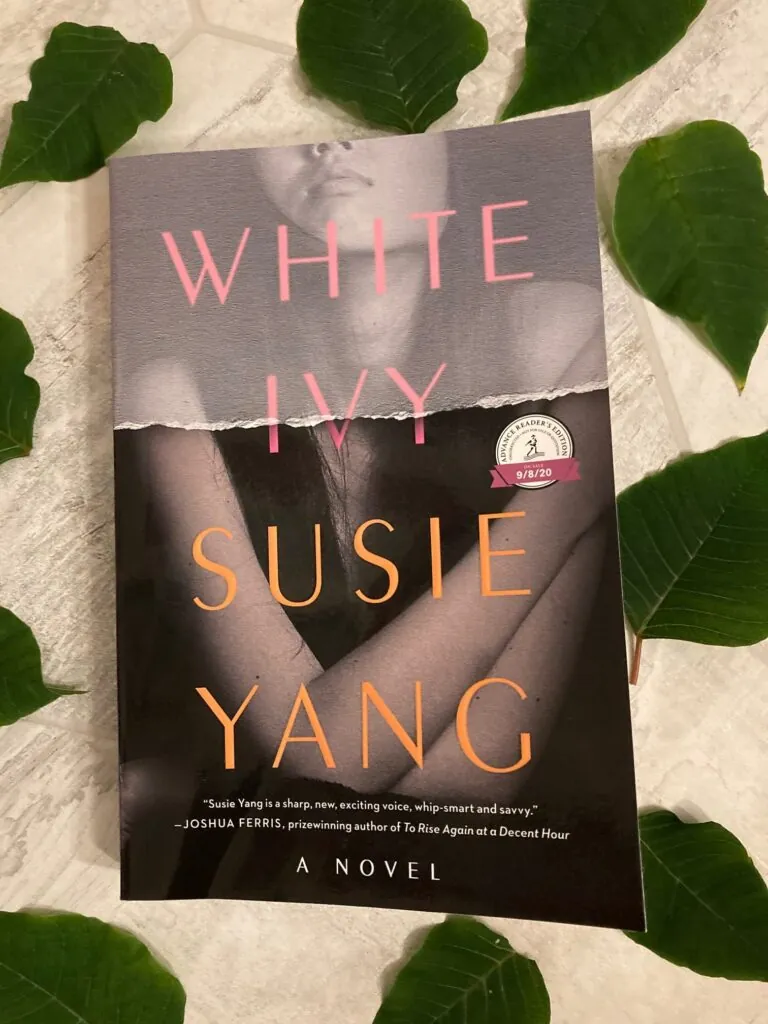
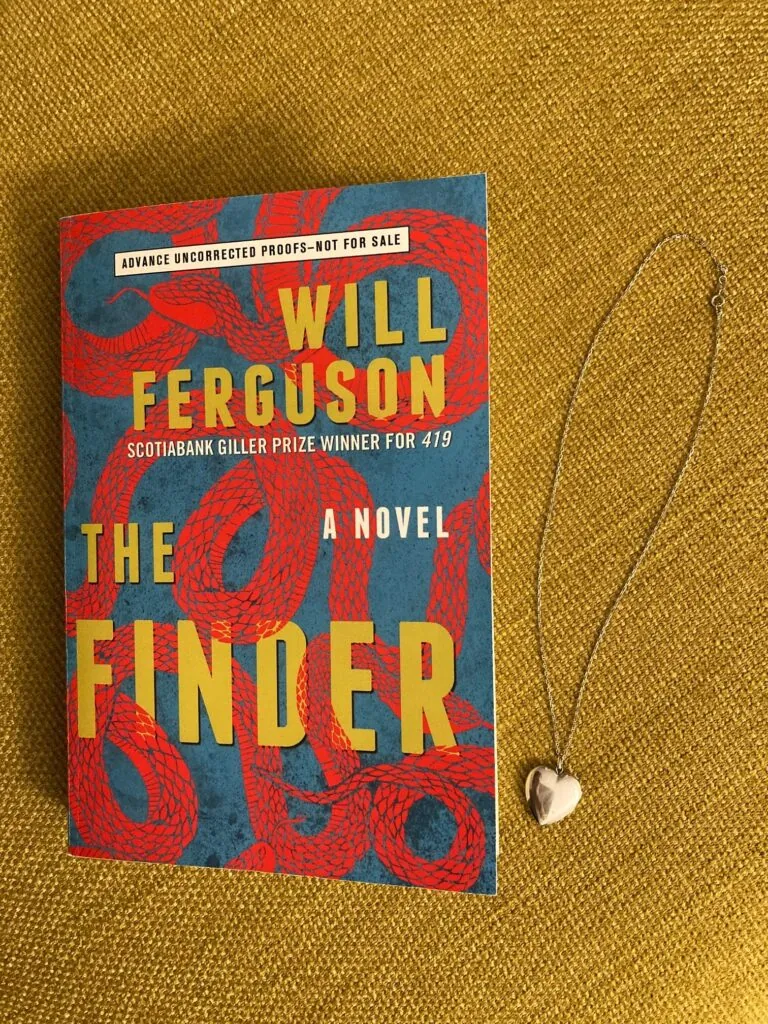
This sounds excellent! I love a fairy tale retelling. I also love the author’s shirt in that photo! I want it!
hahah I hope she reads that comment
Ha, interesting take on these horrible old stories – maybe they didn’t all live happily ever after, after all!
It doesn’t sound like anyone lived happily ever after actually LOL
Gritty realism, then? ;)
I’ve read a couple reviews of this before and it sounds like it gets that blend of darkness and humour right!
yes it really does – such a unique read this one
I feel like this is a conversation about the things we do within a system we didn’t create but must navigate anyway. It’s easy to blame someone for perpetuating a system, but does an individual choice really make things worse for everyone, or uplift one woman?
hmm yes good point Melanie, often times its a system that creates these inequalities, and then we are all just trying to find our way through it, any way we can…
Loved everything about the book… the characters, their stories, the surprising ending. However, I have one question… not a big deal at all, but I am curious if I missed the answer. What happened to the stool?
I’m hoping someone else on this thread can answer your questions, because it has been so long since I read it, I have no idea! :)